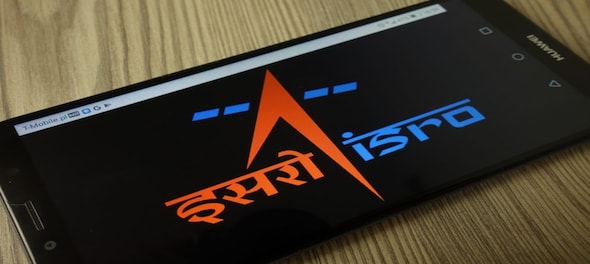
India is aiming to make history by landing a spacecraft on the Moon's South Pole, a feat no other country has achieved before. If the mission goes as per plan, the Vikram module will make a soft landing in the south polar region of the Moon on Wednesday, August 23, at 6.04 pm. However, under "unfavourable conditions", the landing may be postponed to August 27, media reports cited an Indian Space Research Organisation (ISRO) scientist saying.
But, looking at ISRO's upcoming mission for this year, the Indian space agency has a packed schedule ahead.
Missions Ahead
A Sun mission, a climate observation satellite launch, a test vehicle as part of Gaganyaan human space flight programme for the validation of the crew escape system, and an Indo-US synthetic aperture radar NISAR are some of the missions lying ahead for ISRO.
NASA-ISRO SAR (NISAR) is a Low Earth Orbit (LEO) observatory being jointly developed with the support of the US space agency, National Aeronautics and Space Administration (NASA).
Officials said NISAR will map the entire globe in 12 days and will provide space agencies data for understanding changes in Earth's ecosystems, vegetation biomass, sea level rise, and natural hazards including earthquakes, landslides, tsunamis and others.
Also ready for the release is India's space-based observatory designed to study the Sun, the Aditya-L1, which is likely to be launched in the first week of September.
"The suits of Aditya L1 payloads are expected to provide the most crucial information to understand the problem of coronal heating, coronal mass ejection, pre-flare and flare activities and their characteristics, dynamics of space weather, propagation of particle and fields etc," the Indian space agency had explained earlier.
According to ISRO Chairman S Somanath, the space agency has also lined up the launch of a climate observation satellite INSAT-3DS.
In addition to these, XPoSat (X-ray Polarimeter Satellite) — the country's first dedicated polarimetry mission to study dynamics of bright astronomical X-ray sources in extreme conditions — is also ready for launch.
But, before undertaking its first manned mission to the moon — Gaganyaan, ISRO has planned two unmanned missions. "We are getting ready for the (first of the two) unmanned crew module mission by the beginning of next year,” ISRO said. The objective of the missions is to demonstrate the capability of conducting human space flight missions to Low Earth Orbit (LEO).
As of now, there is no clarity on the exact launch date for Gaganyaan. In May this year, Union Minister Jitendra Singh said that ISRO's ambitious mission will be launched at the end of 2023 or in 2024. Somnath told India Today in June that ISRO will launch the ambitious manned mission only when it is absolutely confident about its success.
'Our hands are full'
"So, our hands are full," Chairman Somanath had said in his Independence Day address at ISRO headquarters on August 15.
"We are going to build a large number of satellites for our security purpose as well in the coming days," he added.
-With inputs from agencies.
First Published: Aug 22, 2023 5:29 PM IST
Check out our in-depth Market Coverage, Business News & get real-time Stock Market Updates on CNBC-TV18. Also, Watch our channels CNBC-TV18, CNBC Awaaz and CNBC Bajar Live on-the-go!


PM Modi visits Ram Mandir for first time since 'Pran Pratishtha', offers prayers before roadshow
May 5, 2024 8:59 PM
Visiting temples, obliging selfie requests, jabbing rivals – Kangana Ranaut is wooing voters on campaign trail
May 5, 2024 8:23 PM

